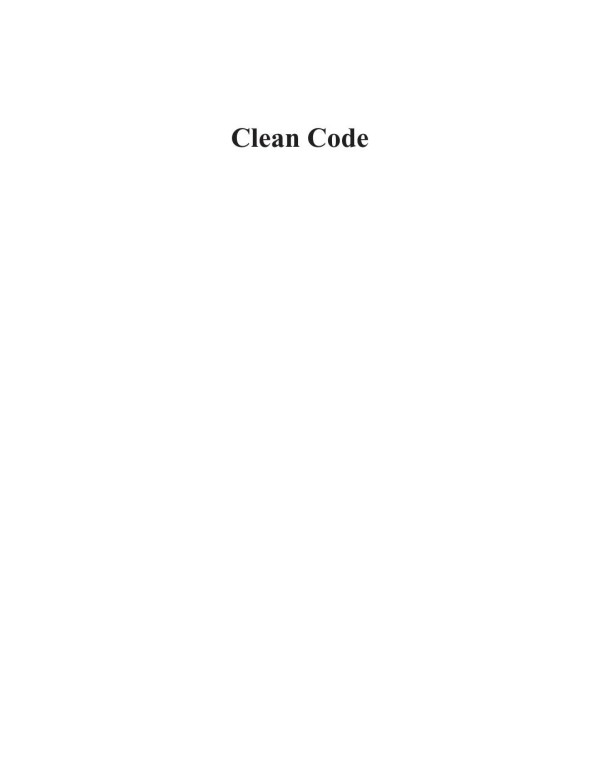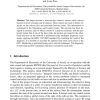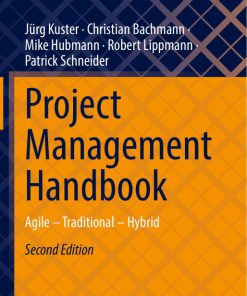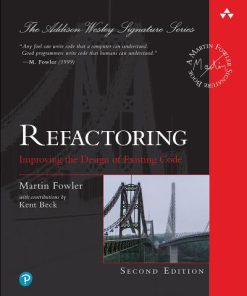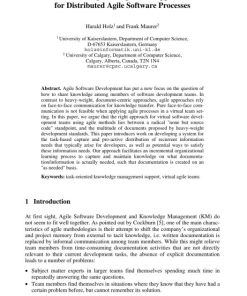Clean Code A Handbook of Agile Software Craftsmanship 1st edition by Robert Martin 0136083250 9780136083252
$50.00 Original price was: $50.00.$25.00Current price is: $25.00.
Authors:Robert C. Martin , Series:IT & Computer [159] , Tags:Computer Engineering; Information Technology , Author sort:Martin, Robert C. , Identifiers:Identifiers:isbn-13:978-0-13-235088-4 , Languages:Languages:eng , Published:Published:Jul 2008 , Publisher:Pearson Education , Comments:Comments:The mission of this series is to improve the state of the art of software craftsmanship. The books in this series are technical, pragmatic, and substantial. The authors are highly experienced craftsmen and professionals dedicated to writing about what actually works in practice, as opposed to what might work in theory. You will read about what the author has done, not what he thinks you should do. If the book is about programming, there will be lots of code. If the book is about managing, there will be lots of case studies from real projects. These are the books that all serious practitioners will have on their bookshelves. These are the books that will be remembered for making a difference and for guiding professionals to become true craftsman.
Clean Code A Handbook of Agile Software Craftsmanship 1st edition by Robert Martin- Ebook PDF Instant Download/Delivery. 0136083250, 9780136083252
Full download Clean Code A Handbook of Agile Software Craftsmanship 1st edition after payment
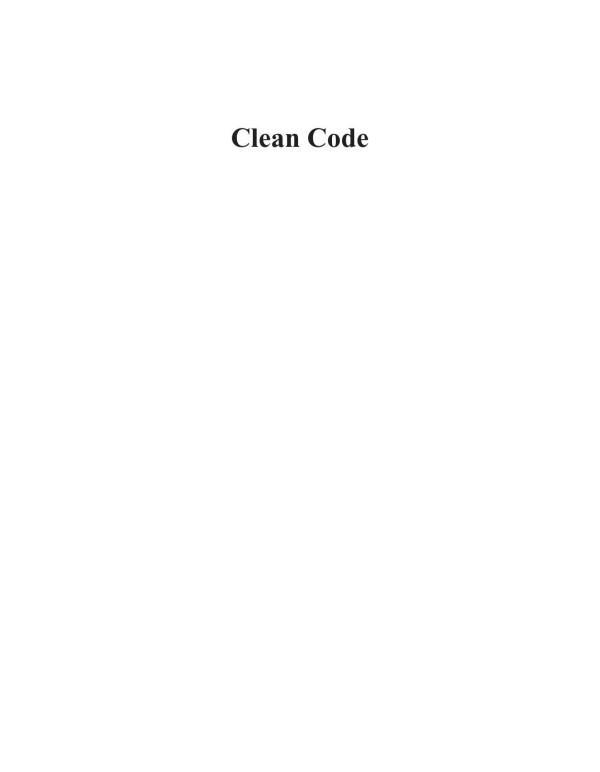
Product details:
ISBN 10: 0136083250
ISBN 13: 9780136083252
Author: Robert C. Martin
Clean Code A Handbook of Agile Software Craftsmanship 1st Table of contents:
Chapter 1: Clean Code
- There Will Be Code
- Bad Code
- The Total Cost of Owning a Mess
- Schools of Thought
- We Are Authors
- The Boy Scout Rule
- Prequel and Principles
- Conclusion
- Bibliography
Chapter 2: Meaningful Names
- Introduction
- Use Intention-Revealing Names
- Avoid Disinformation
- Make Meaningful Distinctions
- Use Pronounceable Names
- Use Searchable Names
- Avoid Encodings
- Avoid Mental Mapping
- Class Names
- Method Names
- Don’t Be Cute
- Pick One Word per Concept
- Don’t Pun
- Use Solution Domain Names
- Use Problem Domain Names
- Add Meaningful Context
- Don’t Add Gratuitous Context
- Final Words
Chapter 3: Functions
- Small!
- Do One Thing
- One Level of Abstraction per Function
- Switch Statements
- Use Descriptive Names
- Function Arguments
- Have No Side Effects
- Command Query Separation
- Prefer Exceptions to Returning Error Codes
- Don’t Repeat Yourself
- Structured Programming
- How Do You Write Functions Like This?
- Conclusion
- SetupTeardownIncluder
- Bibliography
Chapter 4: Comments
- Comments Do Not Make Up for Bad Code
- Explain Yourself in Code
- Good Comments
- Bad Comments
- Bibliography
Chapter 5: Formatting
- The Purpose of Formatting
- Vertical Formatting
- Horizontal Formatting
- Team Rules
- Uncle Bob’s Formatting Rules
Chapter 6: Objects and Data Structures
- Data Abstraction
- Data/Object Anti-Symmetry
- The Law of Demeter
- Data Transfer Objects
- Conclusion
- Bibliography
Chapter 7: Error Handling
- Use Exceptions Rather Than Return Codes
- Write Your Try-Catch-Finally Statement First
- Use Unchecked Exceptions
- Provide Context with Exceptions
- Define Exception Classes in Terms of a Caller’s Needs
- Define the Normal Flow
- Don’t Return Null
- Don’t Pass Null
- Conclusion
- Bibliography
Chapter 8: Boundaries
- Using Third-Party Code
- Exploring and Learning Boundaries
- Learning log4j
- Learning Tests Are Better Than Free
- Using Code That Does Not Yet Exist
- Clean Boundaries
- Bibliography
Chapter 9: Unit Tests
- The Three Laws of TDD
- Keeping Tests Clean
- Clean Tests
- One Assert per Test
- F.I.R.S.T.
- Conclusion
- Bibliography
Chapter 10: Classes
- Class Organization
- Classes Should Be Small!
- Organizing for Change
- Bibliography
Chapter 11: Systems
- How Would You Build a City?
- Separate Constructing a System from Using It
- Scaling Up
- Java Proxies
- Pure Java AOP Frameworks
- AspectJ Aspects
- Test Drive the System Architecture
- Optimize Decision Making
- Use Standards Wisely, When They Add Demonstrable Value
- Systems Need Domain-Specific Languages
- Conclusion
- Bibliography
Chapter 12: Emergence
- Getting Clean via Emergent Design
- Simple Design Rule 1: Runs All the Tests
- Simple Design Rules 2–4: Refactoring
- No Duplication
- Expressive
- Minimal Classes and Methods
- Conclusion
- Bibliography
Chapter 13: Concurrency
- Why Concurrency?
- Challenges
- Concurrency Defense Principles
- Know Your Library
- Know Your Execution Models
- Beware Dependencies Between Synchronized Methods
- Keep Synchronized Sections Small
- Writing Correct Shut-Down Code Is Hard
- Testing Threaded Code
- Conclusion
- Bibliography
Chapter 14: Successive Refinement
- Args Implementation
- Args: The Rough Draft
- String Arguments
- Conclusion
Chapter 15: JUnit Internals
- The JUnit Framework
- Conclusion
Chapter 16: Refactoring SerialDate
- First, Make It Work
- Then Make It Right
- Conclusion
- Bibliography
Chapter 17: Smells and Heuristics
- Comments
- Environment
- Functions
- General
- Java
- Names
- Tests
- Conclusion
- Bibliography
Appendix A: Concurrency II
- Client/Server Example
- Possible Paths of Execution
- Knowing Your Library
- Dependencies Between Methods Can Break Concurrent Code
- Increasing Throughput
- Deadlock
- Testing Multithreaded Code
- Tool Support for Testing Thread-Based Code
- Conclusion
People also search for Clean Code A Handbook of Agile Software Craftsmanship 1st :
clean code a handbook of agile software craftsmanship reddit
clean code a handbook of agile software craftsmanship summary
clean code a handbook of agile software craftsmanship review
clean code rules
You may also like…
eBook PDF
Changing Software Development Learning to Become Agile 1st Edition by Allan Kelly ISBN 9780470725313

